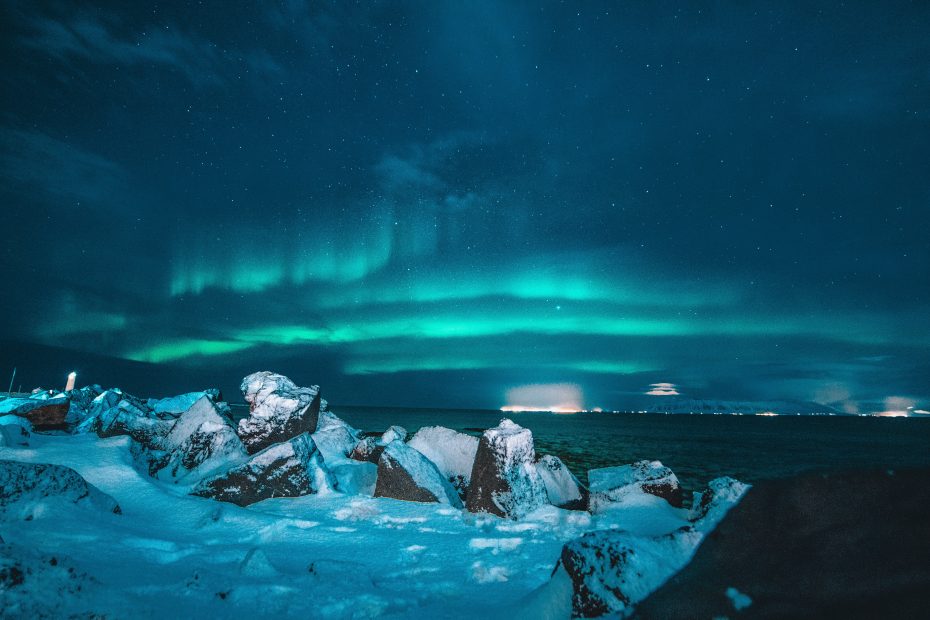Table of Contents
Introduction
Iceland is closely tied to its Viking past. The history of the Viking Age forged a lasting legacy that continues to shape Icelandic national identity today. From Reykjavik’s old town to remote fishing villages, visitors can explore historic sites and immerse themselves in centuries-old traditions. Join us as we follow the tales of the Vikings and discover the deep roots they planted in Iceland.
Origins of Vikings in Iceland
The Vikings originated in Scandinavia between the 8th and 11th centuries. Excellent sailors and navigators, they traveled far beyond their homelands in Norway, Sweden and Denmark in search of resources, land and adventure. Some of the first Europeans to reach Iceland were Vikings who ventured west between 870-930 AD.
Notable Viking explorers like Ingólfur Arnarson, Hjörleifur Hróðmarsson and Garðar Svavarsson were intrigued by the island’s potential for settlement. They established small farms and villages, heralding a wave of migration. Within 60 years, Vikings had settled across most of Iceland’s inhabitable terrain.
Viking Age in Iceland (9th-11th Centuries)
The Viking Age saw Iceland develop into a thriving outpost. Clans and chieftains emerged among the influential families who claimed large homesteads. They formed the Althing, a parliament and judicial body that laid the foundations for Iceland’s national identity and independence.
Icelandic culture blossomed with art, crafts and storytelling. The famous Icelandic sagas Originated as oral histories passed down through generations before being recorded beginning in the 12th century. These epic tales captured the adventures, feuds and romance among Iceland’s Viking founders.
Religion was transformed by the official conversion to Christianity around 1000 AD, though pagan beliefs persisted. Literature evolved with writings on Christian subjects alongside the old Norse myths and legends.
Legacy of Vikings in Iceland
Centuries after its Viking Age origins, Iceland remains deeply connected to its Nordic roots. Modern Icelandic is the closest living language to Old Norse. Locals can often trace their genealogy directly back to the medieval Icelandic settlers.
Names, places and events from the sagas continue to shape national culture and identity. The settlements at Þingvellir and Reykjavík serve as touchstones to this shared heritage and the lasting imprint of Viking ancestry.
Viking Sites to Explore in Iceland
Many landmarks provide windows into Iceland’s Viking past. Þingvellir National Park is the original site of the open-air Althing parliament sessions. In Reykjavík, the 871+/-2 Settlement Exhibition built around an excavated Viking longhouse and artifacts is a highlight.
The National Museum displays medieval manuscripts preserving Norse mythology and heroic legends. Víkingaheimar Museum in Reykjavik brings interactive exhibits on Viking ships, swords and voyages. At The Settlement Exhibition in Borgarnes, an excavated longhouse recreates early Icelandic life.
Traditional Crafts and Reenactments
Iceland celebrates its heritage through lively reenactments of key Viking events like the Althing ceremonies. Craftspeople demonstrate traditional skills like wool textiles, metalworking and woodcarving tracing back centuries.
Visitors can observe costumed interpreters depicting daily Viking life at cultural exhibits like at Þjóðveldisbærinn Stöng farmstead. Food cooked in geothermal ground ovens using medieval recipes offer a uniquely Icelandic culinary experience.
Cuisine with Viking Roots
Staples of Icelandic cuisine reveal the mark left by ancient Norse food traditions adapted to local agriculture. Skyr, a rich strained yogurt, has been produced for over a thousand years. Hangikjöt (smoked lamb) is a Christmas delicacy with deep roots.
Stockfish, or harðfiskur as it is known in Iceland, is a dried whitefish with origins before refrigeration. Simple, hearty recipes using Iceland’s natural bounty continue to connect the modern table to the Viking larder.
Conclusion
While breathtaking natural scenery lures many visitors to Iceland today, the nation’s Viking heritage persists as an integral part of its modern identity. From the living Old Norse language to reenactments of things past, the tales and legacy of early Viking explorers provide a compelling window into this unique island culture forged on the rugged frontier between Scandinavia and the North Atlantic. Wandering glaciers and volcanoes, discovering remnants of longhouses and listening to the Icelandic sagas narrate the adventures of Iceland’s first settlers brings their history to life before your eyes.
FAQs
Q: What time period was the Viking Age in Iceland?
A: The Viking Age in Iceland spanned approximately 870-930 AD, marking the earliest Norse settlement, through the 11th century and the end of the Commonwealth period.
Q: How accurate are the Icelandic sagas as historical sources?
A: While likely embellished, the sagas provide invaluable insight into Viking society as recorded around the 12th-14th centuries based on earlier oral accounts. They capture cultural memory shaped by medieval Icelanders’ perceptions of their origins.
Q: What is the best way to experience Viking heritage as a visitor in Iceland?
A: Immersive museums in Reykjavik, historic sites like Thingvellir and reenactments bring Iceland’s Viking Age to life. Experiencing enduring traditions like food, crafts and music also reveals the lasting Viking influence.
Q: What was the significance of Þingvellir to Vikings in Iceland?
A: Þingvellir was the gathering place for the open-air Althing general assembly, giving it great historical and symbolic importance as the heart of the Viking settler commonwealth.
Q: What are the best preserved examples of Viking artifacts in Iceland?
A: The National Museum displays amazing examples of Viking craftwork, jewlery, tools and personal objects. Excavated longhouses like at the Settlement Exhibition (Landnámssýningin) provide insight into architectural methods.
